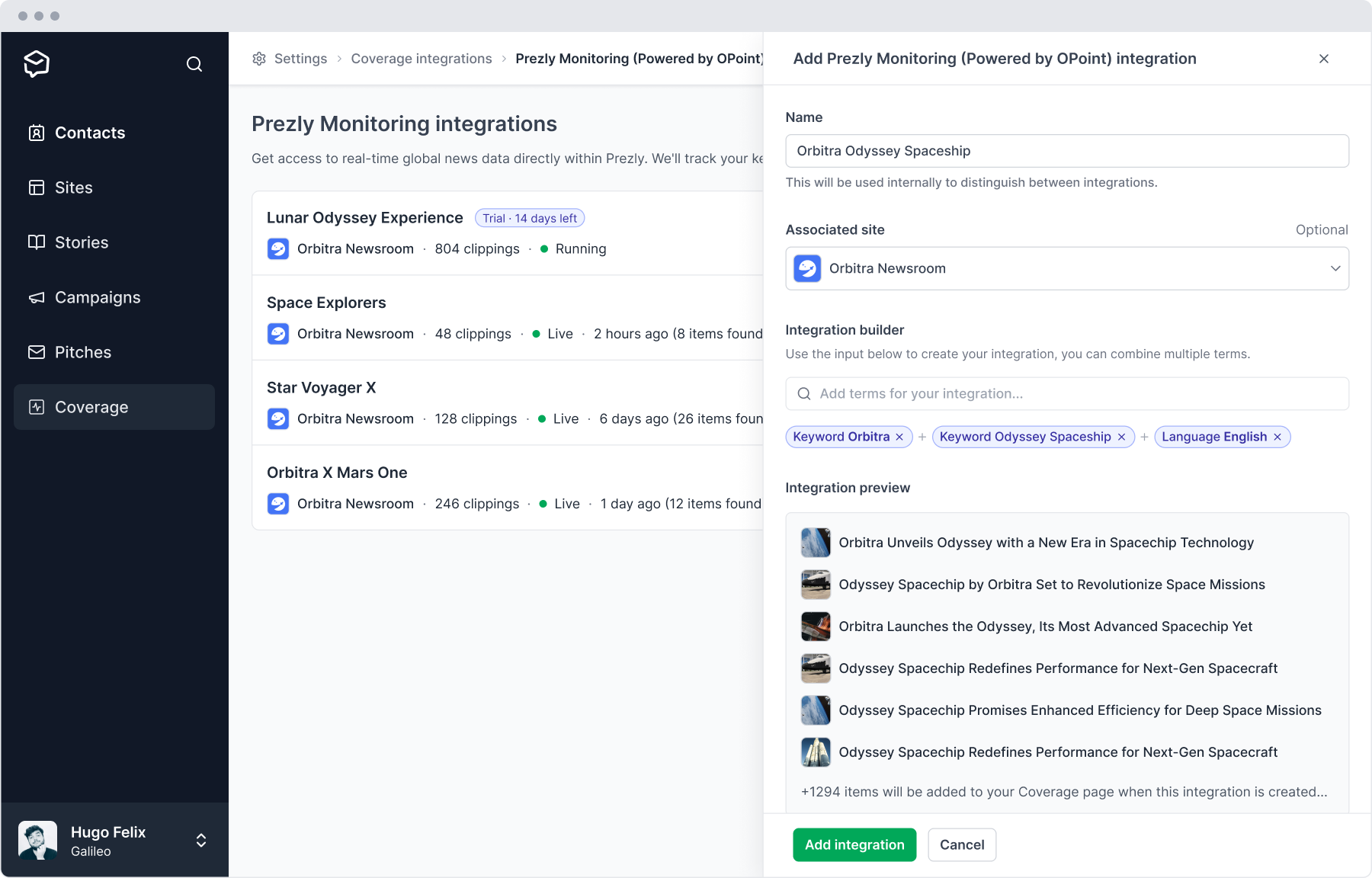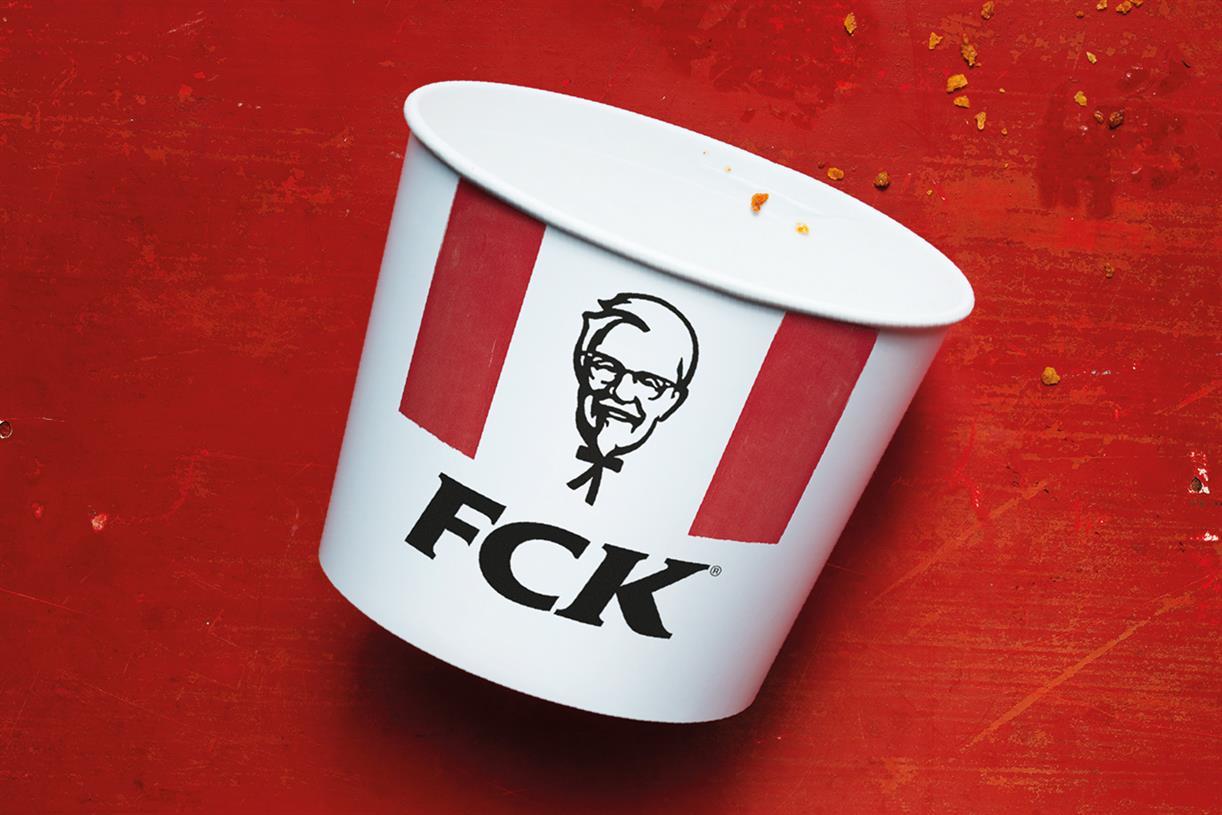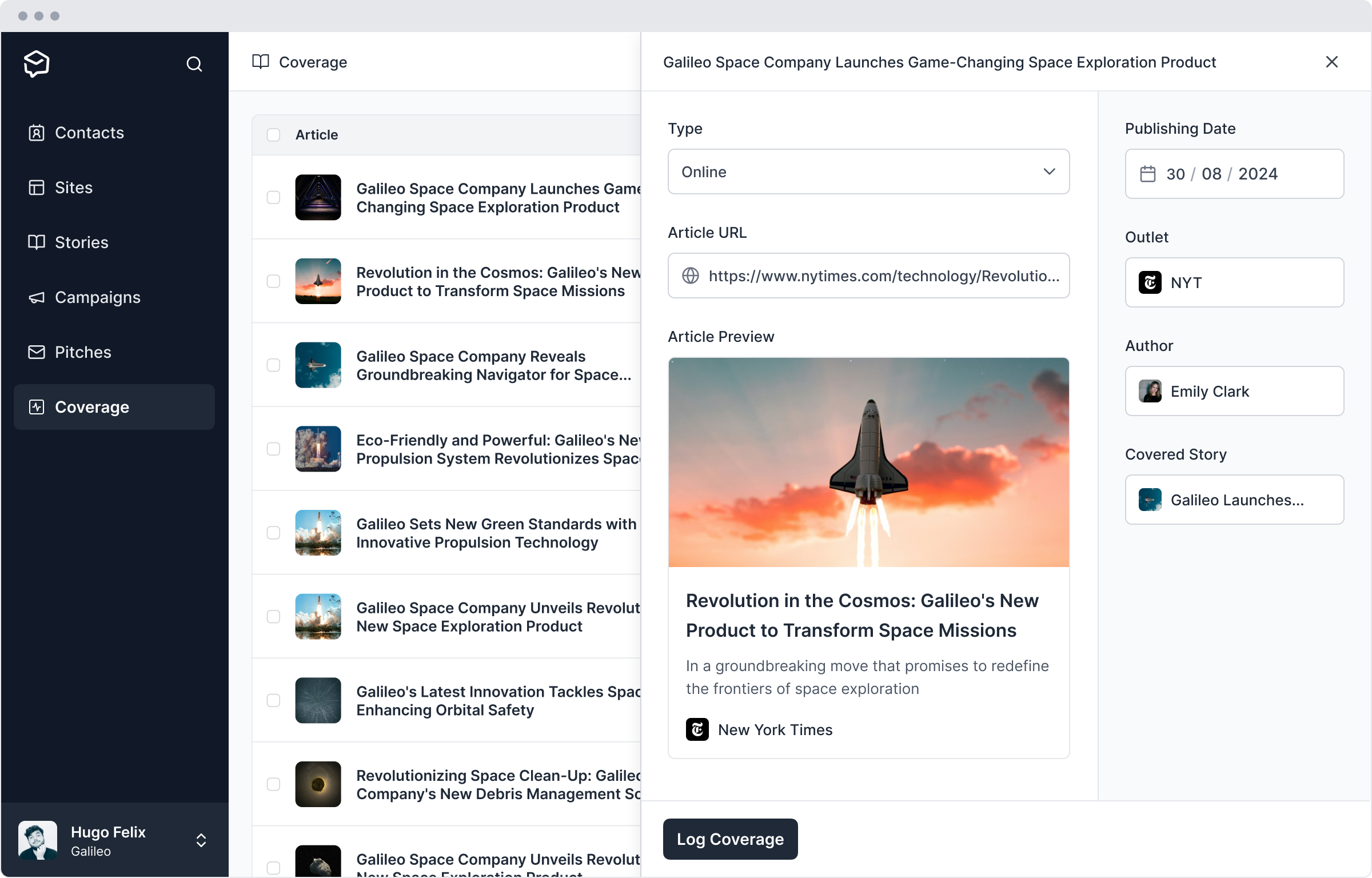Brand Mentions: What They Are & How to Get More [In 2025]
What brand mentions are and how to track and analyze them.
Every time someone talks about your brand, it shapes your reputation. It can be a glowing product review on Capterra, a lukewarm shoutout on X (formerly Twitter – and who are we kidding, if it’s X, there’s unlikely to be anything lukewarm about it), or an in-depth feature in a top-tier publication.
Whatever their format, brand mentions influence how people see your business. Using brand mention tools can help you monitor and analyze these mentions effectively.
Some mentions are the result of a carefully planned PR campaign. Others come out of the blue (thanks, Reddit). Either way, they matter – because people trust what other people say about you far more than what you say about yourself.

A brand mention is any time your brand is referenced in public. That could be a journalist writing about your latest product launch, a customer raving about you on social media, or a blogger linking to your website in a “top tools” list. That rant someone posted about you on TikTok because you forgot to put the mac in their mac’n’cheese? That’s a brand mention.
Brand mentions help you understand how the public and customers perceive your brand image.
There are a few different types of brand mentions you might come across:
- Direct mentions: Your brand name is used explicitly (“Prezly makes PR software“). These are easy to identify and great for visibility
- Indirect mentions: Someone refers to your CEO, product, or tagline without naming your brand. These can still be influential, especially if the context makes it clear who they’re talking about
- Linked mentions: Your brand name is mentioned and hyperlinked to your website. You can see when someone links to your brand online using digital marketing tools like Ahrefs. Linked mentions are especially valuable for SEO and referral traffic
Tools like Prezly help PR teams pitch to the media and track brand mentions from one place, giving you full visibility over your tactics and your results so you can better shape your brand reputation.
You can use various tools and methods to track references to your brand across different platforms and find brand mentions.

Someone has to do some press monitoring, it might as well be you.
Brand mentions aren’t just vanity metrics – they’re signals. They shape public perception, affect buying decisions, and give your brand a presence in spaces you can’t control (and that’s a good thing).
Here’s why they’re worth tracking:
- Credibility boost: A feature in a reputable publication adds authority to your message and shows others are paying attention
- SEO impact: Linked mentions not only send referral traffic your way but also help improve your search rankings
- Social proof: Mentions show momentum – people are talking, and others take notice
- PR measurement: When you track where and how you’re mentioned, you get a better idea of how your campaigns are performing and what’s resonating
! Effective brand monitoring helps businesses gain insights into brand perception, measure reach, and understand audience sentiment.
Prezly* makes it easy to track and organise your brand mentions – so you can understand your reach, report smarter, and focus on what’s working.*
Reputation management and crisis management are critical components of brand management. Tracking brand mentions can help businesses stay on top of their reputation and prevent crises.
Customer perception, trust, and feedback also fall under the banner of brand management. Tracking brand mentions can help businesses understand their customers’ perceptions and preferences.
Let’s talk about how brand mentions happen.
These are organic. You didn’t pay for them – you earned them through good PR, compelling stories, or strong relationships. Think:
- Media coverage (see also earned media strategy)
- Product reviews
- Organic influencer shoutouts
- Customer testimonials
- Someone recommending you to their buddy
These are all earned brand mentions.
These are the result of sponsored content, paid partnerships, advertorials, or just plain old ads. You pay a publication, creator, or platform to feature your brand.
Earned mentions usually carry more weight with readers and search engines because they’re perceived as unbiased. But they’re harder to control.
Paid mentions are easier to secure and shape, but risk being dismissed as advertising.
Advertorials blur the line – they’re sponsored but styled like organic articles. Just make sure you’re transparent about the sponsorship.
Example: A startup gets reviewed in Wired (earned). Meanwhile, they also pay for a featured post in a tech newsletter (paid). Both get them in front of new audiences – but the Wired piece carries more clout.
Try Prezly media monitoring free for 14 days
- Automatically track your news media coverage
- Understand who is talking about your brand
- Create email reports with embedded coverage

Let’s clear a few things up. Brand mentions are valuable, but only when you understand what they truly represent.
Here are a few common misconceptions:
Ten low-quality mentions from random blogs won’t do as much for your brand as a single feature in a respected outlet your audience actually trusts. It's not a numbers game – it's a relevance game.
There’s a big difference between being written about organically and paying for placement. Sponsored content can help with exposure, but it doesn’t carry the same weight as earned coverage in the eyes of journalists or audiences.
Brand sentiment analysis categorizes mentions as negative, neutral, or positive, providing insights into customer reactions and overall brand reputation.
That roundup in a top publication might seem exciting – until you read that your brand was included as a “cautionary tale”. Sentiment matters.
If your brand name appears but isn’t linked, it won’t pass on that valuable SEO juice. And if it’s buried in a no-indexed page or behind a paywall, you may not get the traffic or visibility boost you expected. You can learn more about how (and why) to use SEO in your press release.
Understanding the difference between noise and meaningful visibility is essential when measuring your brand’s real PR impact.

JK! There's no secret sauce, so don't waste your time looking for one. Instead, do these three things (you won't believe #2!)
If you’re not tracking your brand mentions, you’re missing half the story. These mentions tell you who’s talking about you, where, and in what context – and if you’re not paying attention, you could be missing valuable opportunities or even damage control moments.
- Google searches
- Twitter/X searches
- Checking blogs, forums, and media sites manually
This is the old-school method – effective if you only have a few mentions to check or a tight budget. But as your brand grows, it becomes nearly impossible to stay on top of everything manually.
- Google Alerts real-time notifications
- F5bot for Reddit and Hacker News
- LinkedIn and Twitter notifications
These free tools help you get real-time alerts about online mentions, but they often miss context or surface-level conversations. Still, they’re a decent starting point for DIY monitoring.
- Tools like Prezly let you monitor mentions, assign them to campaigns, and log them in a CRM, so you can see all your press coverage and earned media in one place – alongside journalist contacts and campaign data
- Brand monitoring tools may also offer automation, advanced analytics, and audience segmentation to provide deeper insights into a brand's reputation and presence online
- Social media monitoring tools and social listening tools help you track mentions across social media channels
This method saves time and gives you a full picture of your media presence, allowing for better reporting and real-time responses.
Tip: You can also use media monitoring tools like Prezly to track industry trends and even competitor brand mentions across online media.
Track whether media mentions are positive, negative, or neutral to get a fuller picture of public perception. Tracking negative mentions allows businesses to detect potential crises early and respond to customer feedback promptly. This can help you course-correct messaging, highlight wins, and spot potential PR issues before they escalate.
Daily if you’re actively pitching or running a campaign. Weekly if things are quieter. Either way, consistency is key.
Example: A skincare brand catches a Reddit thread about their new product, jumps in with a comment, and wins over a community. They wouldn’t have caught it without their monitoring tool.
Prezly offers 14-day free media monitoring to help you track and respond to brand mentions in real time.
More brand mentions start with better storytelling and smarter outreach. It’s not just about being seen, it’s about being worth talking about. (Hence the earned media.)
Here’s how to make that happen:
- Launches, funding, new hires, milestones – frame them in a way that appeals to the media
- Tie your story into current trends, data, or industry shifts for added relevance
- Understand what journalists care about. Pitch stories, not products
- Read what they’ve written before, and be a source they actually want to hear from
- Join industry conversations, respond to trends, tag publications where appropriate
- Social isn’t just for promotion – it’s for listening, reacting, and building visibility
- Monitoring social media posts using a tool like Prezly helps gather insights on customer sentiment and brand visibility across various platforms
- Broad outlets = broad competition. Industry publications often have more targeted audiences and are more open to PR outreach
- Getting featured in a smaller, more focused publication can lead to more qualified leads and long-term media relationships
- Tools like Prezly let you store journalist contacts, send multimedia pitches, and follow up all in one place
- Having everything in one platform keeps your outreach consistent and saves you hours of admin work
Media mentions aren’t the end of the journey. How you respond shapes what comes next. Whether it’s a glowing review or a pointed critique, your response matters. And how you respond can significantly impact your brand's reputation.
- Journalists, influencers, even customers. A simple "thank you" goes a long way
- Gratitude builds goodwill and makes people more likely to mention you again
- Share on social, email newsletters, your press page
- Don’t let good coverage collect dust – extend its life by repurposing and promoting it
- Not every mention is glowing. Respond professionally, acknowledge the concern, and offer to make it right
- Turning criticism into a positive interaction can build trust and loyalty
Example: When a TikTok creator poked fun at CPK’s menu, the brand replied playfully – and got major visibility and goodwill as a result. Read more about it in our roundup of best crisis communication examples.

We take a look at some of the best-managed PR crises of the past decade.
Absolutely. Especially if:
- You’re new to PR and unsure where to start
- You need a strategy that aligns with your business goals
- You don’t have journalist connections
- You don’t have time to pitch and follow up consistently
A good PR agency will:
- Craft strong media narratives
- Pitch to the right publications
- Track and report on media mentions
- Handle media training, crisis comms, and more
That said, PR agencies are only as effective as the systems they use. If you’re working with an agency, using a platform like Prezly gives you visibility into what they’re doing and helps keep your media assets and coverage in one place.
Whether you manage PR in-house or work with an agency, Prezly gives you full visibility into your brand mentions, campaigns, and outreach.
Brand mentions help shape how the world sees your business. But not all mentions are created equal. What matters is the quality, context, and consistency.
By focusing on building relationships, crafting real stories, and tracking the right metrics, you’ll get more of the mentions that move the needle. Tracking brand mentions will also help you engage with your target market by understanding conversations and interactions about your brand.
And finally, using tools that track mentions across multiple platforms can give you comprehensive insights into your brand's online presence. Tools like Prezly.

Try Prezly for 14 days to manage media outreach and track brand mentions from one place. Because getting featured is just the beginning – what you do next matters just as much.
Start 14-day free trial
![[browser]Build journalist relationships and track mentions with Prezly. [browser]Build journalist relationships and track mentions with Prezly.](https://cdn.uc.assets.prezly.com/0c801d4f-0b12-4e51-8d45-e5b35fe23fd2/-/format/auto/prezly-contacts.png)